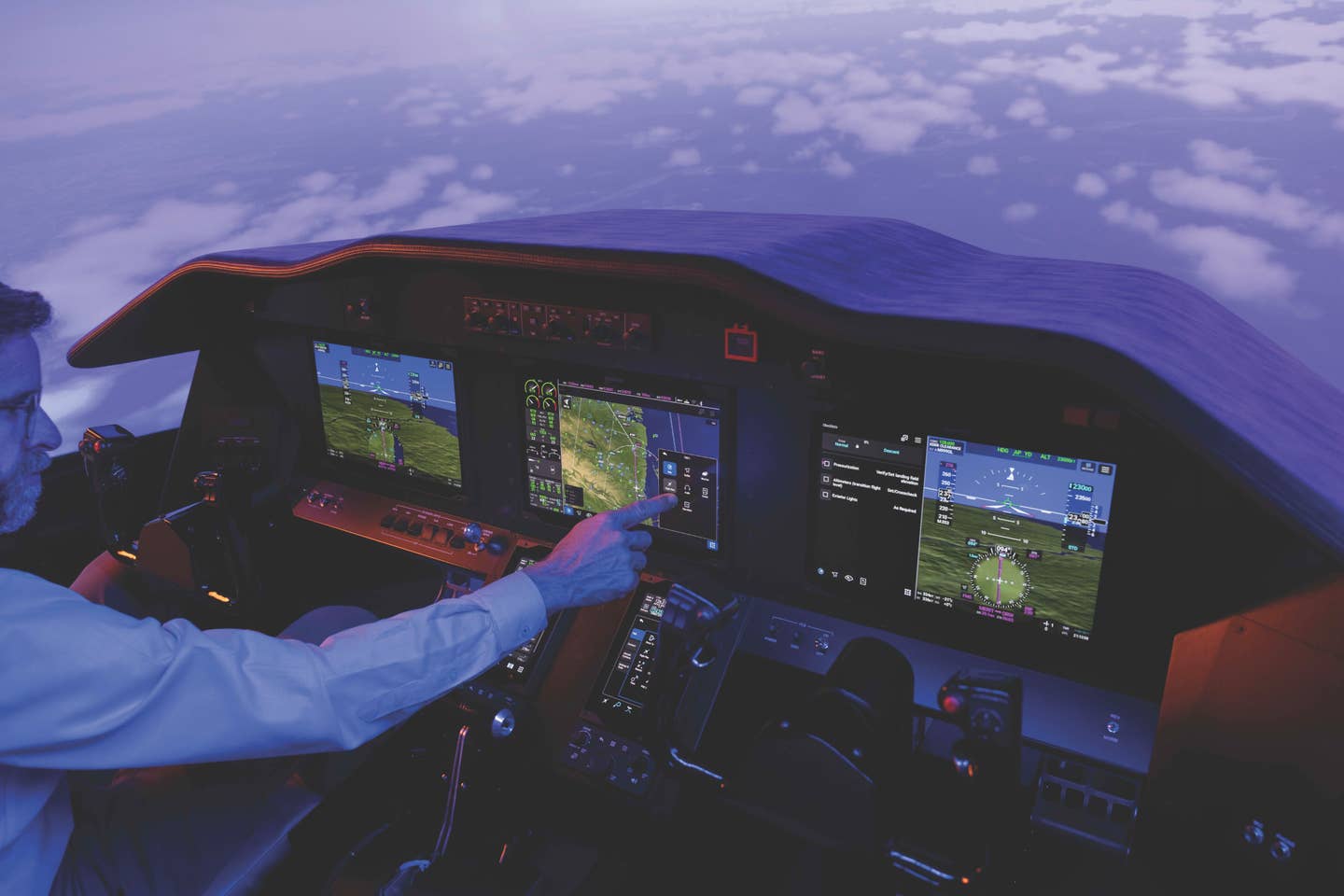
Aspen Avionics is now offering a display refurbishment program called Evolution Max that lets owners of older displays send them in for upgrades to the latest processors and glass display. Stephen Pope
Aspen Avionics is pursuing a strategy that is unusual in the avionics market: The company is offering owners of its older flight displays the opportunity to upgrade all the internal hardware to bring the displays up to the very latest in capability and reliability.
Aspen's Evolution Max display upgrade program launched in February allows current owners of Aspen displays to send in their old units, which will be completely refurbished with a new sensor board, processor, graphics card, battery and glass with a 10-day turn around time.
Price for the upgrade through April 30 is $2,995. After that, it goes up to about $5,000. For an extra $500, Aspen will send aircraft owners a new exchange display right away, allowing them to avoid what will otherwise turn out to be about two weeks worth of downtime. The refurbished units come with a two-year warranty and slide right into the panel, Aspen says, with no need to calibrate the device and only a single new wire connection to the audio panel so that pilots can take advantage of the latest audio alerts built into the units.
Flying had the opportunity to fly a three-display Evolution Max setup yesterday from Plant City Airport in central Florida in Aspen's Cirrus SR22 with the company's director of flight operations, James Buck. From the moment we departed from Plant City's Runway 10 and climbed to 6,500 feet to put the displays through their paces, the brightness and smooth rendering on the displays was readily apparent. The new Aspen Evolution Pro 1000 Max and MFD 1000 Max display in the Cirrus represent a marked improvement from earlier Aspen products thanks to their much faster internal processors and improved graphics.
Maneuvering to put direct sunlight on the units made no difference to the brightness or readability of the displays. Especially impressive is the synthetic vision presentation on the PFD, which renders a recreation of the world outside the airplane including FIS-B traffic targets on the ADI exactly where they will be when a pilot looks out the window.
The three-display package in Aspen's Cirrus includes an MFD on the left side set up as the moving map, a PFD in the center and another MFD on the right that was set to show a dedicated traffic page and other information such as weather, terrain or backup synthetic vision presentation.
Other notable features built into the Max display include GPS-aided AHRS in the event of a pitot static failure that will automatically display a GPS ground speed readout on the PFD speed tape as an aid to situational awareness; standard altitude alerter that feeds through the audio panel to issue warnings to pilots if they stray too far from the selected altitude; built-in GPS steering and integration with any autopilot; and an optional hazard awareness package.
Buyers can place their orders for the display upgrade now, but due to surging demand Aspen is sold out until October. New Evolution Max displays, meanwhile, will be available for purchase starting on July 1, Aspen said.

Sign-up for newsletters & special offers!
Get the latest FLYING stories & special offers delivered directly to your inbox






